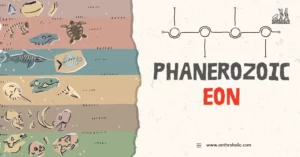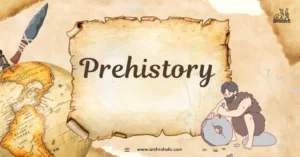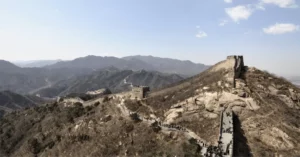AI Answer Evaluation Platform Live Now. Try Free Answer Evaluation Now
Absolute Dating
Absolute dating is the technique by which researchers calculate the exact age of any specimen using a wide range of scientific principles and phenomena. Since archaeological material is found in geological contexts like mounds, valleys, exposed sections of river etc. both fields utilise absolute dating during research. In geology, lithic material like volcanic layers, rocks and minerals need to be assigned to a specific point on the geological timescale. Archaeologists use absolute dating to obtain the exact age or origin of excavated remains, fossils or artifacts. As a result, absolute dating is a highly scientific process that encompasses the physical, chemical and biological properties of organic as well as inorganic material.
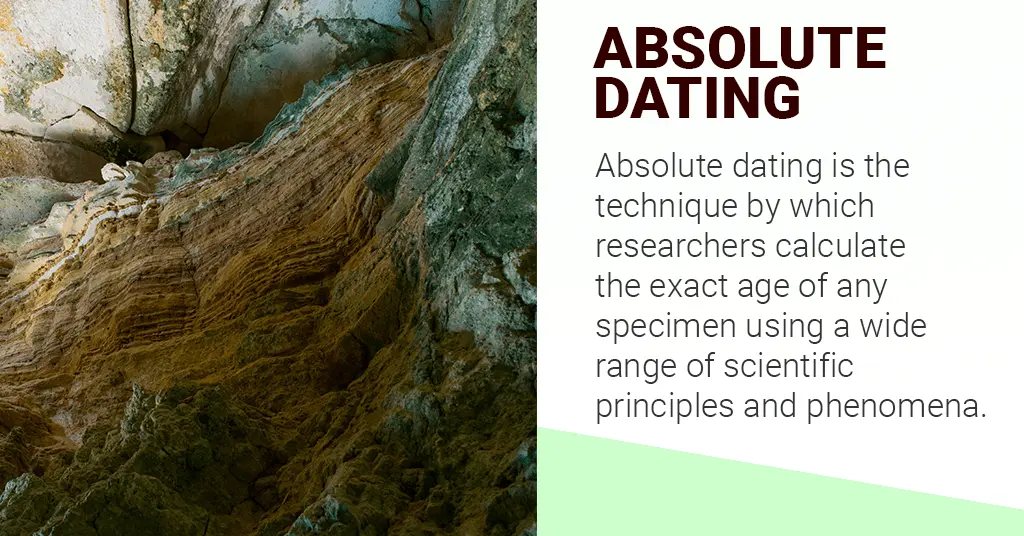
Traditionally, archaeologists used the lithostratigraphic principle of superposition to assign time periods to artefacts[1]. Meaning, layers of sedimentation from rocks were distinguished based on their physical properties and archaeological remains found in them belonged to different layers. The bottom layers contained the older material while the top most sediment encased the younger or recent material. This however, merely provided relative dates and couldn’t give an accurate numerical range for the occurrence and activity of hominin species
Purpose of Absolute Dating
Absolute dating can paint a clear chronological picture of the activity of past humans, their environment, their culture as well as the kind of settlements that they resided in. Additionally, absolute dating can help understand the global perspective about how different human societies evolved in different eras. Such studies have been crucial in construing the cultural sequence of humans since the stone age to the present with specific time periods for every significant event. Absolute dating is a collection of different techniques that differ in methodology, principle as well as application. These techniques are often used simultaneously to provide more accurate results in dating a specimen.
Types of Absolute Dating
Radiocarbon Dating
This is a type of radiometric dating which incorporates radioactive isotopes and their rate of decay. First introduced at the Institute of Nuclear Studies of the University of Chicago by Dr. Willard Libby in 1949, this type of absolute dating is based on the principle that living beings contain carbon-12 and carbon-14 isotopes.These are alike but behave differently. When the living being dies, carbon-14 starts to decay owing to its unstable nature. Half of ¹⁴ C decreases after 5,730 years and a repetition of this process results in about one/eighth of the original carbon-14 over fifty thousand years. Absolute dating can then be carried out by measuring ¹⁴ C relatively with the C-12 (stable) isotope present in the sample. Libby published his results and took the world of archaeology by storm. Radiocarbon dating is perhaps the most popular form of absolute dating as it can identify the origin of bone tools, wooden artefacts and other organic remains. In its inception, radiocarbon dating has been widely used in excavations of Rakhigarhi (Harappan Civilization), studying parts of the Dead Sea Scrolls[2] and other prehistoric sites around the world.
This method however, cannot estimate the age range of material older than 60,000 years. Moreover, radiocarbon dating can suffer from errors due to contamination from modern carbon, inaccuracy in interpretation as well as discrepancies in calibration. As a result, the dates generated from this technique require to be compared with other forms of typological or contextual corroboration. This type of absolute dating has witnessed ground-breaking developments which have made the process easier, faster and more reliable as archaeologists as well as geoscientists continue to reconstruct our past by attempting to place organic material in specific historical timelines.[3]
Accelerator Mass Spectrometry (AMS)
AMS is a type of radiometric dating that differs from the conventional carbon-14 dating as it is based on determination of the ratio between C-12 and ¹⁴ C. It can measure much lower levels of ¹⁴ C and in less time than previous methods. Moreover, the dateable timespan has nearly doubled using this technology. Archaeology benefits from efficient and prompt methods of absolute dating like AMS[4]. This technique in its heyday was used to clear the following discrepancies regarding –
- Peopling of Americas
- Early development of agriculture
- Dating rare artefacts from all over the world eg. Chile, Wales and England
Thermoluminescence (TL)
Archaeological excavations produce a lot of inorganic material. Pottery is one such profuse type of artefact that is found in nearly all regions of the world. Such assemblages can also undergo absolute dating by measuring the amount of radiation that has been accumulated. Trapped electrons in ceramics or pottery can produce light when heated to 500 degrees Celsius or higher temperatures. The amount of light can indicate when that artefact was last heated i.e.. fired. Thereby giving the date of its creation.
TL method gives dates up to 150,000 years ago and has been useful in constructing the chronological sequences of Megalithic sites in India, Neolithic to Bronze age cultures in Sicily, Hungary and Croatia where ¹⁴ C dates are sparse.[5] Other absolute dating methods within TL include Quartz Inclusion Technique, Subtraction Dating and Fine-grain technique [6]. Thermoluminescence is seldom costly and used extensively by geologists as well as anthropologists concerned with but not limited to chalcolithic and Neolithic cultures. However, its core procedure includes exposing excavated artefacts to a very high amount of heat which can not only damage it but render it useless for further investigations.
Dendrochronology
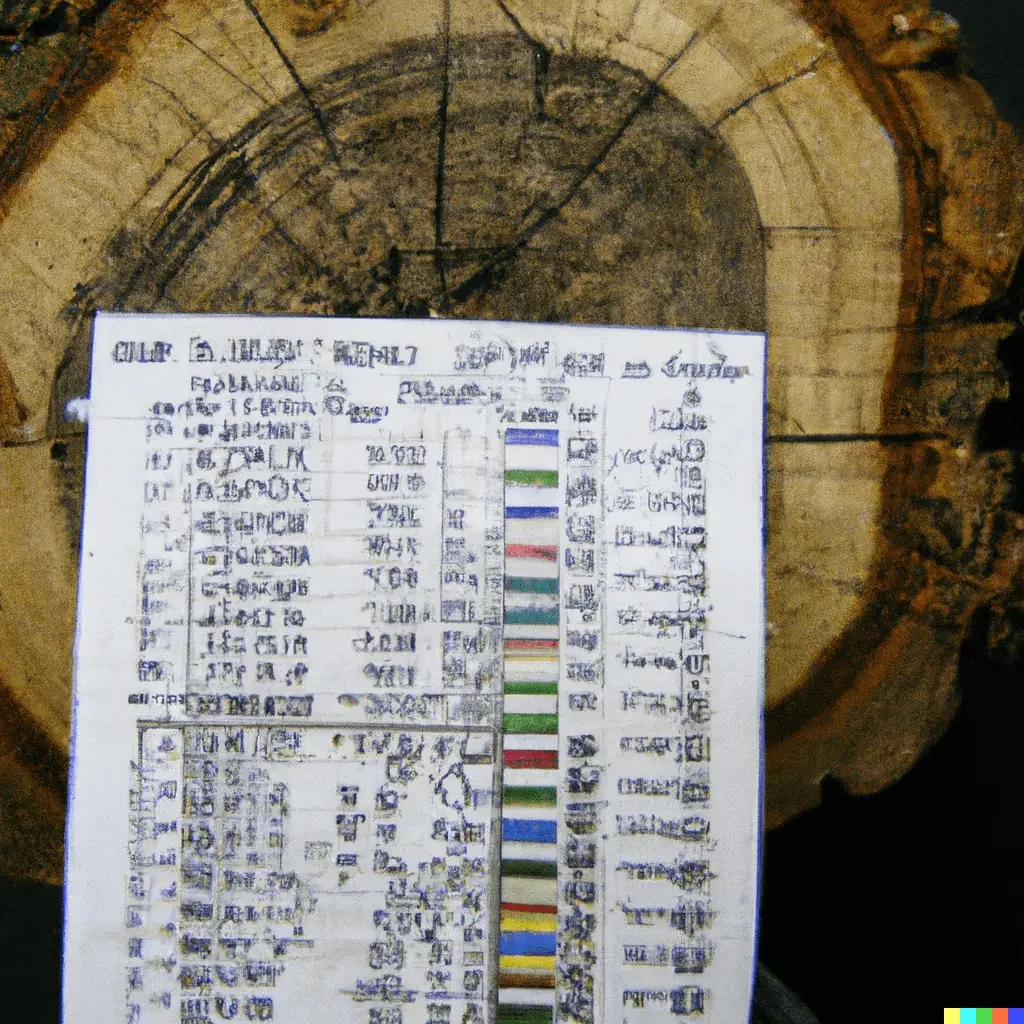
Artefacts obtained in archaeological work are often studied in relation to their surrounding environment including the type of flora present within that geographical location. This provides a good framework of the paleoclimatic conditions in which the excavated remains existed. Similarly, dendrochronology is a type of absolute dating that assigns accurate calendar dates based on the tree-rings produced by trees.[7] These indicate the yearly growth of the wood as it reacts to different environmental conditions and exhibits rings which pertain to these conditions in a single growth season. Thus, the start and end of a growth season can be inferred to produce annual intervals. The resulting dates are then compared with remains having unknown dates and an accurate ecological framework can be constructed of a particular site.
In the early 1900s, Andrew Ellicott Douglas first used dendrochronology to study the absolute dating of a southwest region site in the USA. He was successful in producing a 500-year sequence of the region. In the 1970s, Dr. Gordon Jacoby and Edward Cook used dendrochronology in the archaeological context while working on historical structures in the lower Hudson river[8]. Archaeological sites in New Mexico and elsewhere have also been dated using this technique. Researchers have recently begun correlating tree-ring dates with ceramic cultures and their styles found in the same regions to generate absolute dating of cultures occurring in specific time periods[9]. It is difficult to find wooden remains in regions resembling the climate of India as preservation is poor. However, some extensive research has been done in the Himalayan region, where timbers used for building remain in sound condition and retain much of its tree-ring data.[10]
The absolute dating of sites using dendrochronology relies heavily upon the type of site identified. Many times there may be spatial limitations or absence of trees in excavated sites. Moreover, the trees won’t produce dates beyond their own life cycle. This process is limited to a certain time period which can be applied in chalcolithic as well as Neolithic culture sequences, but not to older prehistoric sites. Additionally, while there is a possibility of dating the wooden artefacts themselves, one cannot guarantee that they haven’t been reused for the purpose of building houses, perhaps even as hafting sticks for weapons.
Other Methods of Absolute Dating
As one can see, radiometric and luminescence are key methods in absolute dating. The types of radiometric dating differ depending on the types of rocks,the isotopes, their rate of decay and the extent of timescale to be dated. For example, Potassium-argon method is used to date very old rocks because its half-life is 1.3 billion years. Similarly other forms of luminescence dating like Optically stimulated luminescence (OSL) have contributed to Anthropological research. Stone tools found in Arabia were dated by OSL and provided an earlier period for the out-of-Africa theory of human migration through the Arabian Peninsular region rather than through Europe.
Another method of absolute dating includes Amino acid dating which is used to date molluscs, egg shells and corals as far back as 3 million years ago. This is done by examining the predictable rates of breakdown of proteins from fossilised organisms and obtaining their date of origin. This is another form of technique where data is compared with remains of unknown dates occurring in the same contexts.
Electron Spin Resonance (ESR) is a recently introduced technique for absolute dating of organic remains like bones or even teeth. It has been extensively used for furthering our understanding in the dispersal out-of-Africa theory and subsequent homo erectus migration into Europe.
Expanse of Absolute Dating
- Techniques employed for the purpose of absolute dating differ in their scientific implications depending upon the geological or archaeological objective of the research.
- Absolute dating is a series of different radiometric and chronometric tests to evaluate a reasonable amount of data that can be cross-checked for an accurate result.
- Excavations yield several types of artefacts including pottery sherds, biological remains, tools made of stone etc. All of these finds differ in physical properties and require different types of experiments to be absolutely dated.
- The data from absolute dating is insufficient for making chronological sense as research needs to be supplemented by coinciding geological data along with paleoclimatic records. (Geyh and Schleicher 1990) Hence, it is a cross-disciplinary approach.
- Radiocarbon dating, though reliable, needs calibration with dendrochronological data for accurate dates. The data for tree-ring calendar ages is available in libraries and databases.
Impact of Absolute Dating
- Archaeology in its early stages was more like a hobby or obsession for antiquities with less regard for their origin or age. Absolute dating enabled it to become a serious scientific study of the chronology of human culture and their contexts.
- Initially, the extent of human past was confined to the Three Age System proposed by CJ Thomsen in 1816 wherein chronology was based on typology of artefacts and gave a relative dating for cultures. However, absolute dating provided impetus for precise dates of archaeological remains.
- Radiometric dating shifted focus of archaeologists from the superficial appearance and antiquity of artefacts to a detailed scientific investigation of the same with regards to their timescale.
- Radioactive isotope studies continue to develop and newer methods continue to contribute to our broad understanding of past cultures,civilizations and societies.
- Past researchers used colonial-era concepts like diffusion and invasion to explain the spread of culture. However, absolute dating has pointed towards independent developments of different isolated cultures residing in different regions of the world.
Conclusion
Thus, the various domains in absolute dating have been briefly discussed. Cross-disciplinary approach has been highlighted and the importance of comparing dates from dendrochronology, radiometric dating and other techniques has been discussed. It is crucial to mention some of the key developments within each type of absolute dating and the limitations in the same. Absolute dating has been a revolutionary factor in archaeological studies as it has completely changed our knowledge about human origin and how it developed. Technology has allowed dating to become easier, efficient and more accurate as researchers continue to unfurl the various aspects of chronology on Earth. Absolute dating is a purely scientific procedure that entails a humanistic pursuit in relation to archaeology or anthropology. Lastly, the expanse and impact of absolute dating are key to paint a picture of how perspectives in archaeology evolved over time with the changes in mindset as well as approach in research.
References
[1] Jackson, Patrick W. 2006. The Chronologers’ Quest: The Search for the Age of the Earth. N.p.: Cambridge University Press.
[2] VanderKam, James, and Peter Flint. 2002. The Meaning of the Dead Sea Scrolls: Their Significance For Understanding the Bible, Judaism, Jesus, and Christianity. N.p.: HarperCollins.
[3] Geyh, Mebus A., and Helmut Schleicher. 1990. Absolute Age Determination: Physical and Chemical Dating Methods and Their Application. Translated by Clark Newcomb. N.p.: Springer Berlin Heidelberg.
[4]Harris, D. R.; Gove, H. E.; Damon, P. (1987). The Impact on Archaeology of Radiocarbon Dating by Accelerator Mass Spectrometry [and Discussion]. Philosophical Transactions of the Royal Society A: Mathematical, Physical and Engineering Sciences, 323(1569), 23–43. doi:10.1098/rsta.1987.0070 https://ui.adsabs.harvard.edu/abs/1987RSPTA.323…23H/abstract
[5] Roberts, R. G. (2004). Luminescence dating in archaeology, with specific reference to Southeast Asia. Proceedings of the National Conference on Science and Technology in Preservation of Natural Heritage – Integrating Science, Technology and Heritage (pp. 42-46). Kajang, Malaysia: Malaysian Institute for Nuclear Technology Research.
[6] Aitken, Martin J. 1985. Thermoluminescence Dating. N.p.: Academic Press.
[7] Nash, Stephen E. 2000 Seven Decades of Archaeological Tree-Ring Dating. In It’s About Time: A History of Archaeological Dating in North America, edited by S.E. Nash, pp 60-82. University of Utah Press, Salt Lake City
[8] Poole, Gray J., and Lynn Poole. 2012. Carbon 14 And Other Science Methods That Date The Past. N.p.: Literary Licensing, LLC.
[9] Dean, Jeffrey S. 1997. Dendrochronology, in Chronometric Dating in Archaeology – Advances in Archaeological and Museum Science, edited by R.E. Taylor and M.J. Aitken, pp 31-64. Birkhäuser, Boston.
[10] Grant, M. E. (1992). Dendrochronology in South Asia, an Update. South Asian Studies, 8(1), 115–123.

